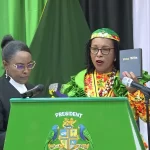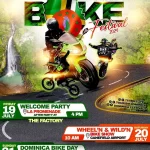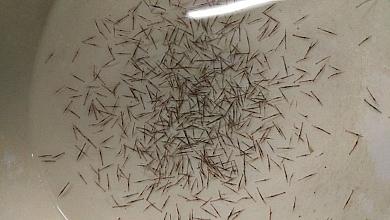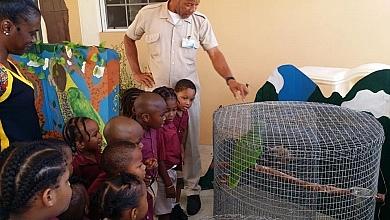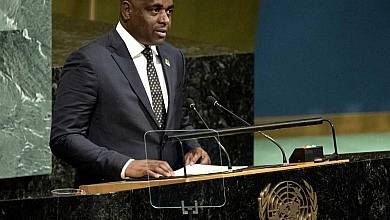Why Claims That “Agriculture is Dead” in Dominica Are Flat-Out Wrong
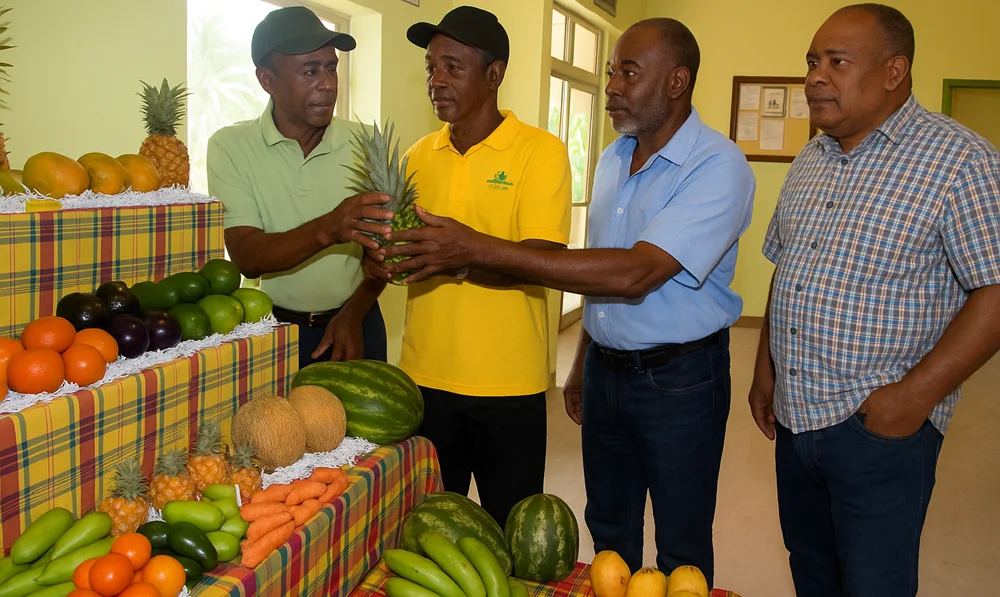
The Government of Dominica is again demonstrating its long-term vision and resilience-oriented governance through the latest wave of investments in agriculture and fisheries. The recently signed contracts under the Emergency Agricultural Livelihoods and Climate Resilience Project (EALCRP) are more than symbolic—they are strategic anchors for recovery, sustainability, and inclusive growth.
In a ceremony marked by unity, technical clarity, and commitment, Ministers Roland Royer, Jullan Defoe, Denise Charles-Pemberton and Dr. Irving McIntyre laid out a vision that is not only pragmatic but urgently needed in the face of rising climate threats and shifting global supply chains.
Critics may accuse the government of spending without return or claim that agriculture is “dead,” but the evidence shows otherwise. The numbers, programs, and ongoing infrastructure transformations make it abundantly clear: this is not stagnation. It is a strategic transformation.
The Data: Hard Investment in Real Outcomes
Since Hurricane Maria devastated Dominica in 2017, over Hurricane Maria has been invested directly in agriculture and fisheries. This includes:
- $73 million under the EALCRP
- $30 million for feeder road development
- $20 million for fisheries complexes
- $11.2 million for a new tissue culture lab
These are not hypothetical projects—they are underway, with tangible milestones. For instance, 106 fisherfolk have already received engines worth $1.9 million; an additional $3 million is being spent to build boats, which are distributed free of charge. Some 54 reinforced fibreglass boats are under construction, a direct investment in local boatbuilders and sustainable offshore fishing.
Meanwhile, over 4,563 farmers have received planting materials and inputs valued at $18 million, while $7.9 million has been used to build modern livestock pens. These aren’t subsidies—they are productivity-enhancing assets provided without cost to farmers, fueling food security and rural livelihoods.
Fisheries Sector: More Than a Livelihood—A Legacy
Hon. Julian Defoe clarified that fisheries are more than an economic activity; they are a way of life and a source of cultural identity. Through this project, Dominica is advancing modern fisheries infrastructure, including:
- Slipway rehabilitation in Stowe and Scotts Head
- Locker room and administrative building upgrades in San Sauveur and Bioche
- A dedicated fish vending area with resilient roofing in Roseau
These practical upgrades address food safety, fisher welfare, and climate readiness. They are also the infrastructural investments that international partners like the World Bank typically demand as preconditions for long-term sectoral support.
Critics Say “Agriculture is Dead”—The Facts Say Otherwise
Opposition voices and social critics often echo the refrain that “agriculture is dead” in Dominica. However, these narratives fail to acknowledge the scale of sector recovery after successive crises. Post-Maria, Dominica wasn’t merely rebuilding; it was restructuring.
This includes:
- Rehabilitating farm roads and irrigation systems
- Creating a Propagation Unit to produce 50,000 plants annually
- Rebuilding the national abattoir ($6.4 million) to cut meat imports by 30% by 2030
- Reestablishing tissue culture independence through an $11.2 million lab, ending reliance on foreign plant supplies
Additionally, $1.2 million has been invested in tools and vehicles for extension officers, enabling them to offer better support to farmers in remote communities.
Critics may ignore these actions, but international partners like the World Bank, FAO, and PRC have not—they continue to fund and collaborate on these projects.
Linking Food Security with Tourism and Export
One of the most innovative aspects of this government’s strategy is its integrated approach, which views agriculture and fisheries not as isolated silos but as key links in Dominica’s export, tourism, and health ecosystems.
The Waitukubuli National Trail, which is being rehabilitated with contracts worth $1.1 million, is a powerful example. It contributes to tourism revenue, supports wellness, and promotes eco-tourism, all while driving local economic activity.
Simultaneously, investments in agri-processing, packhouses, and food safety infrastructure (such as DEXIA’s Multi-Purpose Packhouses) are designed to enhance Dominica’s competitiveness in regional and international markets.
Looking Ahead: Grants, Irrigation, and More Boats
The momentum continues. In the coming weeks:
- 140 agri-processors will receive grants totalling over $3 million
- 12 boats valued at $675,000 will be distributed
- $700,000 in irrigation infrastructure will be rolled out to strengthen vegetable supply chains
This is a forward-facing government that is not merely reacting but anticipating needs, from climate disruption to trade barriers to domestic nutrition security.
What the Government Gets Right: A Long View on Resilience
The doctrine of resilience is at the heart of Dominica’s agricultural and fisheries transformation. This isn’t a buzzword—it’s a strategy. Whether shifting from two-stroke to four-stroke engines to reduce emissions or preparing offshore fishing vessels to reduce strain on marine ecosystems, these are climate-wise policies that align with Dominica’s international commitments.
Hon. Roland Royer noted that agriculture now contributes 17% of Dominica’s GDP, the highest in CARICOM. These numbers reinforce the argument that Dominica isn’t just recovering—it’s leading.
Resilience in Action: A Model for Development
The government’s record on agriculture and fisheries speaks for itself. Dominica demonstrates how to transform disaster into opportunity through visionary policy, strategic partnerships, and on-the-ground performance.
While detractors dwell on cynicism, the government is building hatcheries, rehabilitating trails, delivering boats, launching labs, and meaningfully supporting rural households.
What critics label as “nothing happening” is, in fact, a quietly coordinated revolution—one that ensures Dominica’s future food, trade, and ecological resilience are built not on rhetoric but on results.
This article is copyright © 2025 DOM767
